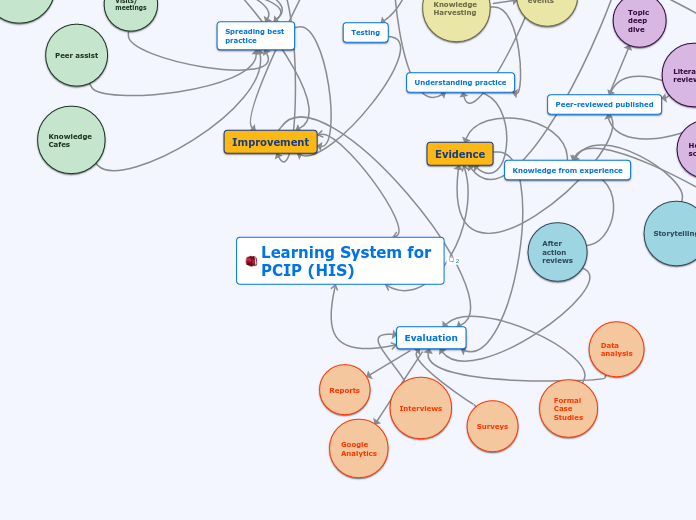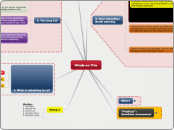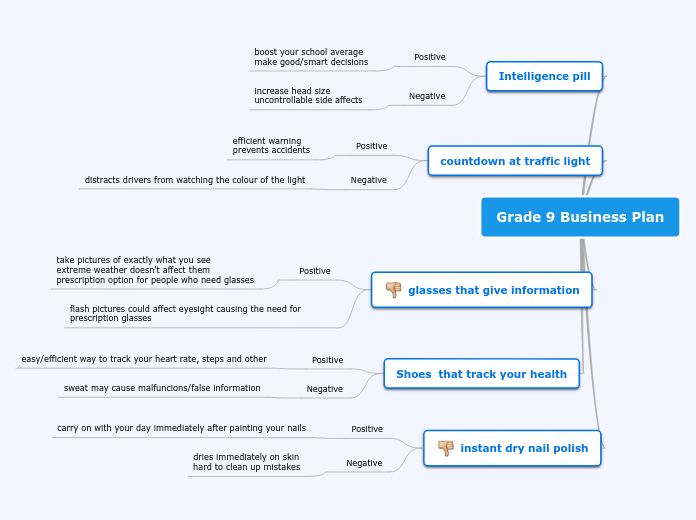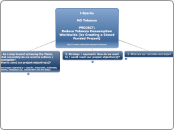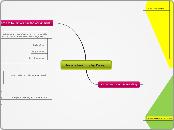Networks
Evaluation
Google
Analytics
Reports
90 Day
learning
process
Surveys
Data
analysis
Formal
Case
Studies
Interviews
Case studies
Facilitated
learning
sets
Storytelling
After
action
reviews
Knowledge
Harvesting
Attending
events
1-2-1
interviews
Horizon
scanning
Literature
reviews
Evidence
review
Knowledge
Cafes
Social
networking
tools
Peer assist
Literature
searches
Measurement
CoP
Spreading best
practice
Testing
Identifying
bright spots
Knowledge from experience
Peer-reviewed published
Topic
deep
dive
Understanding practice
Visits/
meetings
Webinars
Improvement
Evidence
Learning System for PCIP (HIS)
In order to make people use the learning, so the QMS learning system becomes a reality / an actual thing, how about we design & pilot a Sharepoint-based page (via The Source) with a number of sub-pages for users to navigate depending on the type of learning they are looking for / want to share?
For example, the initial landing The Source page could ask the user one single question such as 'please indicate your Directorate' - which would take the user to a sub-page with another question relevant to that directorate (as per mind map), such as 'please select the topic you are interested in' (such as ‘planning’ or ‘evaluation’ or ‘collaboration’ or ‘connecting people to best practice’ etc).
The selected option would then take the user to a sub-page suggesting knowledge-sharing tools or methods relevant to that particular Directorate > activity (eg Improvement > Spreading best practice > lessons learned / story telling / CoPs / etc…OR Quality Assurance > Connecting people to knowledge > Knowledge assets etc)
So, basically, create a Sharepoint-based ‘workflow’ of pages leading the user to the right knowledge-sharing approach / method(s) depending on their knowledge or learning need.
An idea or approach that keeps bouncing back as I learn more about the QMS Collaborative is, in order to ensure more efficient and regular joined up responses across the organisation, it would be good to consider the importance of collaboration and co-production practices as normal practice and as part of regular and systematic processes – not just ad-hoc events or projects – making us gradually more confident and efficient with these approaches, making them properly established in time across the organisation and eventually helping us champion and better introduce them across health and social care.
